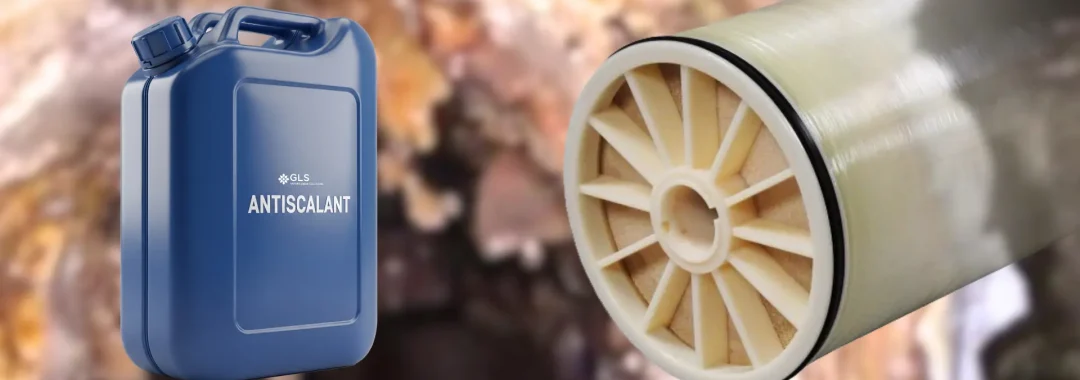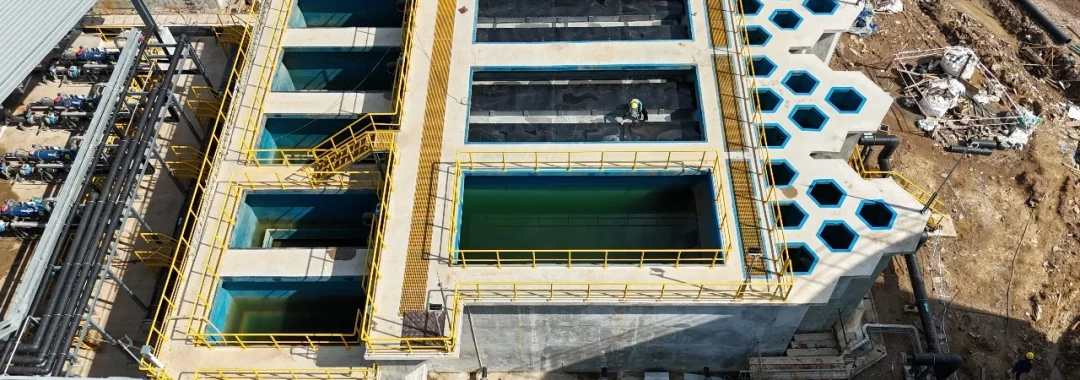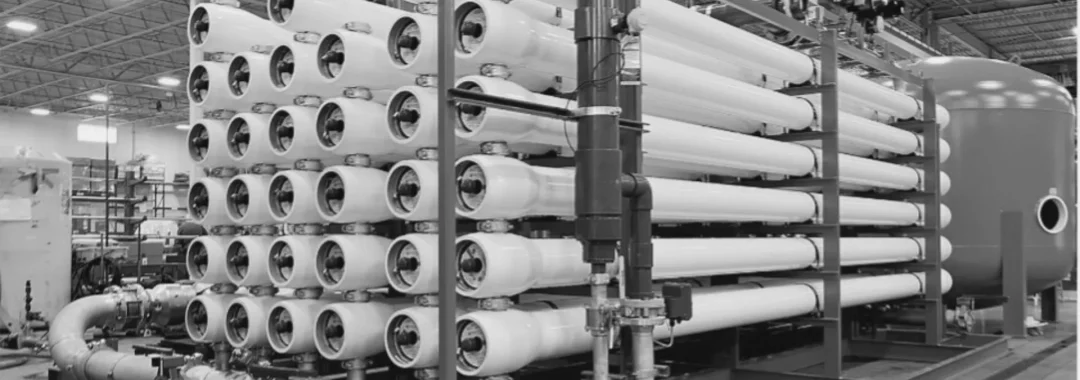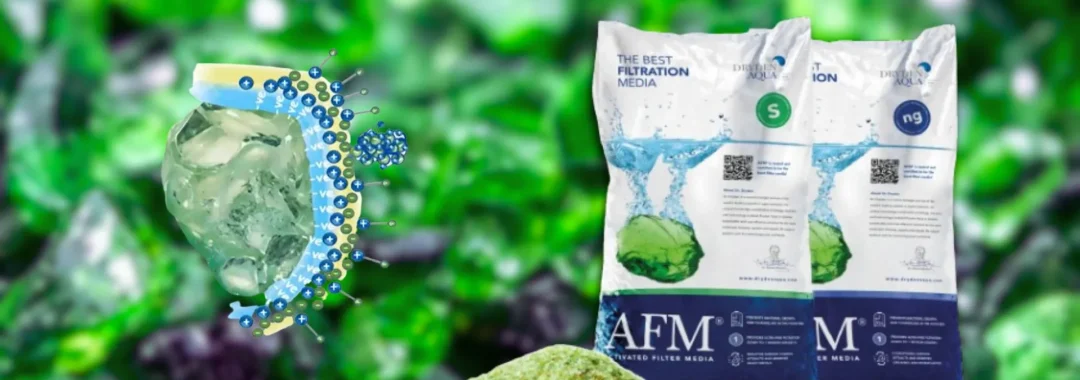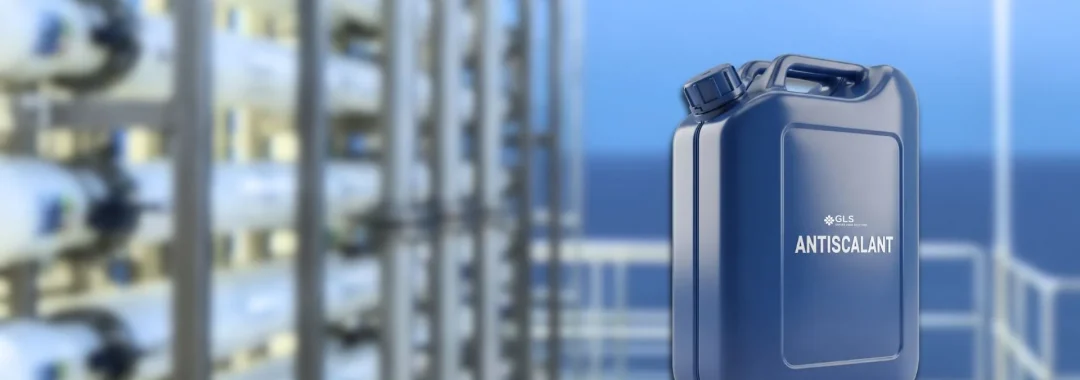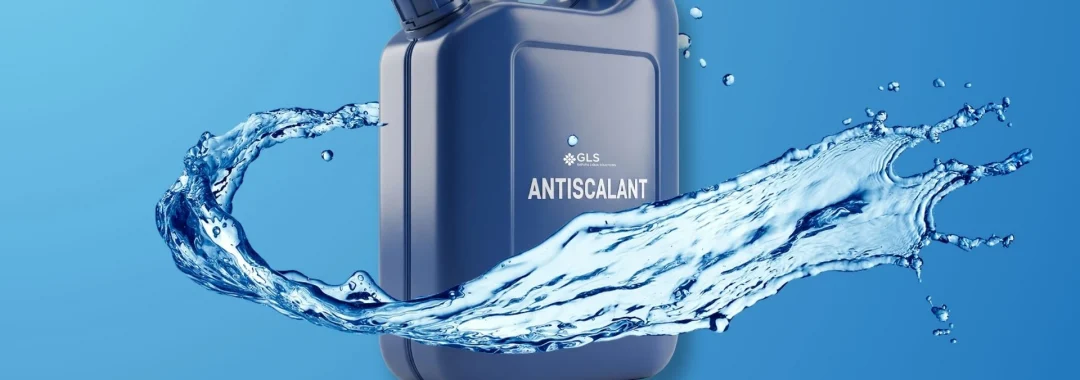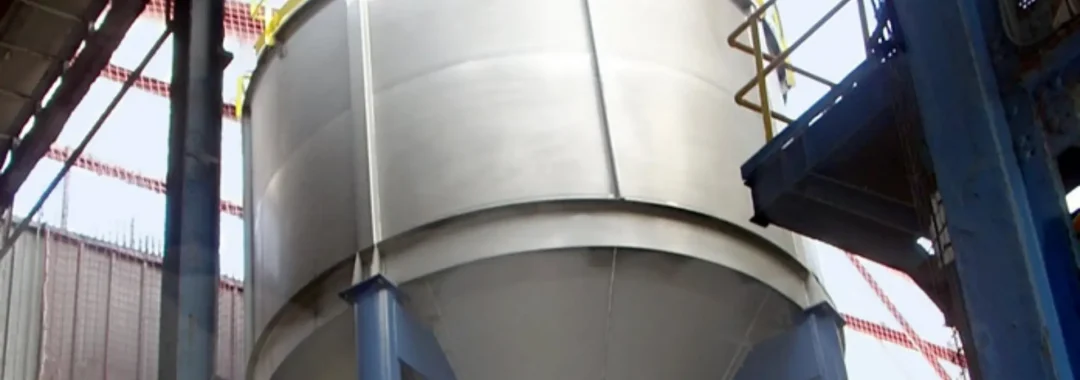Mitigasi Risiko Downtime: Memilih Antiscalant Membran RO Terbaik untuk Keandalan Sistem Jangka Panjang.
Di jantung setiap instalasi pengolahan air modern, pemilihan antiscalant membran yang tepat adalah keputusan strategis untuk melindungi aset paling vital sekaligus paling rentan: membran Reverse Osmosis (RO). Bagi para pengambil keputusan, tantangan utamanya adalah bagaimana menjaga keandalan aset ini dalam jangka panjang untuk memaksimalkan uptime produksi, yang pada akhirnya akan menjamin efisiensi biaya operasional. Mengabaikan elemen krusial ini bukanlah pilihan, karena dampaknya langsung terasa pada profitabilitas dan keberlanjutan bisnis Anda.
Mengapa Antiscalant Adalah Investasi Kritis, Bukan Sekadar Biaya Operasional?
Pertanyaan mendasar yang sering muncul dari pimpinan terkait pemilihan Antiscalant Membran RO Terbaik adalah, “Apa yang terjadi jika sistem RO tidak menggunakan antiscalant?” Jawabannya adalah serangkaian konsekuensi mahal yang harus dihindari. Tanpa perlindungan kimia yang tepat, mineral terlarut dalam air umpan akan mengendap dan membentuk lapisan keras di permukaan membran.
Dampak Finansial dari Kerak Membran (Scaling) Fenomena yang dikenal sebagai kerak membran (scaling) ini secara langsung menyebabkan:
- Peningkatan Biaya Energi: Lapisan kerak memaksa pompa tekanan tinggi bekerja lebih keras untuk mencapai laju alir yang sama, yang mengakibatkan lonjakan konsumsi listrik.
- Penurunan Laju Alir (Flow Rate): Penyumbatan membran RO secara fisik mengurangi kapasitas produksi air bersih, yang dapat mengganggu target produksi.
- Biaya Perawatan Reaktif yang Mahal: Diperlukan proses Cleaning in Place (CIP) yang lebih sering, yang memakan biaya bahan kimia, waktu, dan tenaga kerja.
- Kerusakan Aset Permanen: Dalam kasus terburuk, kerak dapat merusak struktur membran secara permanen, memaksa Anda melakukan penggantian aset jauh lebih cepat dari umur teknisnya.
Musuh Tak Terlihat di Balik Kerak Kerak yang paling umum terbentuk dari garam-garam anorganik seperti Kalsium Karbonat (CaCO3), Barium Sulfat (BaSO4), dan Magnesium Sulfat (MgSO4). Tanpa agen pencegah, pembentukan kerak ini hampir tidak terhindarkan dalam operasional RO.
Panduan Memilih Antiscalant Membran RO Terbaik untuk WTP Anda
Memilih produk yang tepat adalah langkah pertama. Keputusan harus didasarkan pada data teknis dan validasi, bukan sekadar harga.
Berbasis Polimer vs. Fosfonat: Apa Pertimbangannya? Secara umum, antiscalant modern terbagi menjadi dua kategori utama:
- Berbasis Fosfonat (Phosphonate-based): Sangat efektif untuk mengontrol kerak karbonat, namun penggunaannya perlu diawasi karena potensi isu lingkungan terkait fosfor.
- Berbasis Polimer (Polymer-based): Dianggap lebih ramah lingkungan dan dapat dirancang untuk menargetkan spektrum kerak yang lebih luas, termasuk sulfat dan silika yang sulit diatasi.
Pilihan terbaik sangat bergantung pada analisis kimia air baku Anda.
Kunci Utama: Sertifikasi dan Standar Internasional Untuk memastikan Anda mendapatkan produk yang andal dan aman, memilih Antiscalant Membran RO Terbaik berarti mencari formula yang telah melalui pengujian independen. Formula yang superior mampu mencegah hingga 99.8% pembentukan kerak. Lebih penting lagi, pastikan produk tersebut telah tersertifikasi NSF/ANSI 60, sebuah standar internasional yang menjamin bahwa bahan kimia tersebut aman untuk digunakan dalam sistem air minum (potable water).
Cara Menghitung Dosis Antiscalant yang Tepat dan Akurat
Efektivitas antiscalant bergantung sepenuhnya pada dosis yang presisi. Dosis yang kurang tidak akan memberikan perlindungan, sementara dosis berlebih adalah pemborosan biaya. Proses penentuan dosis yang benar melibatkan:
- Analisis Air Baku Komprehensif: Langkah pertama adalah analisis laboratorium lengkap terhadap air umpan untuk mengidentifikasi potensi pembentukan kerak secara spesifik.
- Menggunakan Software Proyeksi: Data analisis air kemudian dimasukkan ke dalam software khusus yang akan mensimulasikan kondisi operasional RO dan merekomendasikan produk serta dosis ppm (parts per million) yang paling optimal.
- Kalibrasi Pompa Dosing Kimia: Dosis yang direkomendasikan kemudian diaplikasikan ke sistem melalui pompa dosing kimia yang telah dikalibrasi dengan akurat sesuai dengan laju alir sistem.
Mengingat kompleksitasnya, proses ini idealnya dilakukan oleh mitra ahli yang berpengalaman.
Lebih dari Sekadar Produk: Model Kemitraan Strategis untuk Pengelolaan Air
Bagi perusahaan yang ingin fokus pada bisnis inti, tantangan terbesar bukanlah sekadar membeli antiscalant, melainkan menemukan mitra yang dapat diandalkan untuk mengelola keseluruhan sistem air. Di sinilah PT. GLS menawarkan model kemitraan yang lebih tinggi nilainya, menjawab pain point Anda dalam mencari EPC Company yang reliabel.
Model EPC (Engineering, Procurement, Construction) Kami merancang dan membangun Water Treatment Plant (WTP) dari awal, memastikan setiap komponen—termasuk sistem dosing antiscalant—diintegrasikan secara optimal untuk efisiensi dan keandalan maksimal sejak hari pertama.
Model BOO (Build, Own, Operate) Ini adalah solusi ultimate untuk pengelolaan air. PT. GLS akan berinvestasi untuk membangun, memiliki, dan mengoperasikan WTP di lokasi Anda. Anda hanya perlu membayar biaya per meter kubik air yang Anda gunakan. Dalam model ini, pemilihan, pengadaan, dan manajemen Antiscalant Membran RO Terbaik untuk sistem Anda sepenuhnya menjadi tanggung jawab kami. Anda terbebas dari segala kerumitan operasional dan risiko.
Kontrak OMS (Operation, Maintenance, Service) & Technical Support Untuk WTP yang sudah ada, kami menawarkan kontrak layanan operasional dan pemeliharaan (OMS) serta Technical Support and Assistance. Tim ahli kami akan mengambil alir tanggung jawab perawatan membran RO dan seluruh sistem, menjamin performa yang stabil dan efisien.
Kesimpulan: PT. GLS, Partner End-to-End untuk Keandalan Sistem Air Anda
Memilih Antiscalant Membran RO Terbaik adalah langkah awal yang penting. Namun, untuk mencapai keunggulan operasional sejati, Anda memerlukan mitra strategis yang memahami gambaran besar. PT. Gapura Liqua Solutions (PT. GLS) tidak hanya menyediakan bahan kimia berkualitas, tetapi juga menawarkan solusi kemitraan lengkap melalui skema EPC, BOO, dan OMS. Kami hadir untuk mengambil alih kerumitan pengelolaan air, sehingga Anda dapat fokus sepenuhnya pada bisnis inti Anda.
Percayakan keandalan dan efisiensi sistem air Anda kepada ahlinya. Hubungi kami untuk diskusi lebih lanjut mengenai bagaimana model kemitraan kami dapat mendukung strategi bisnis jangka panjang Anda.
FAQ – Pertanyaan yang Sering Diajukan
- Bagaimana cara menghitung dosis antiscalant yang tepat? Cara paling akurat adalah melalui analisis kimia air baku yang detail, diikuti dengan penggunaan software proyeksi khusus untuk mensimulasikan kondisi RO dan merekomendasikan dosis optimal dalam ppm (parts per million).
- Apa saja jenis-jenis antiscalant dan mana yang terbaik? Jenis utamanya adalah berbasis fosfonat dan polimer. Pilihan terbaik sangat bergantung pada komposisi spesifik air baku Anda. Antiscalant terbaik adalah yang direkomendasikan berdasarkan analisis data dan memiliki sertifikasi keamanan internasional seperti NSF/ANSI 60.
- Untuk apa kegunaan chemical antiscalant pada sistem RO? Antiscalant berfungsi untuk mencegah mineral terlarut seperti kalsium dan magnesium membentuk kerak keras di permukaan membran RO. Ini penting untuk menjaga laju alir, menekan konsumsi energi, dan memperpanjang umur membran.
- Apa yang terjadi jika sistem RO tidak menggunakan antiscalant? Tanpa antiscalant, membran akan cepat tersumbat oleh kerak (scaling), menyebabkan penurunan kapasitas produksi, lonjakan biaya listrik, dan pada akhirnya kerusakan membran permanen yang memerlukan penggantian mahal.
Follow us on Social Media
